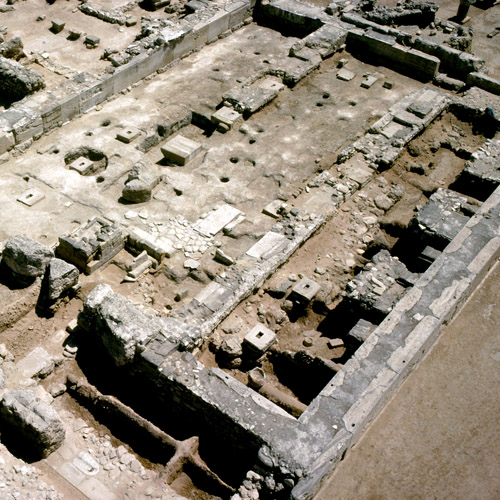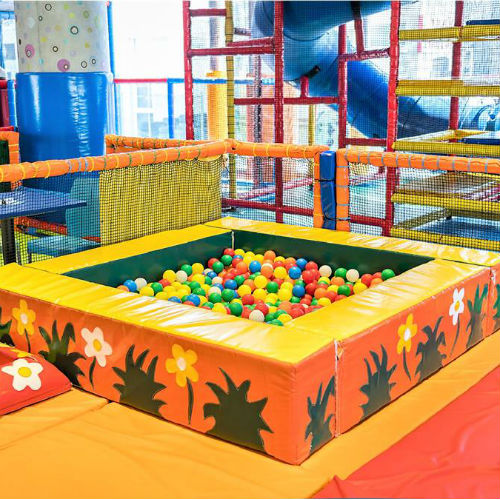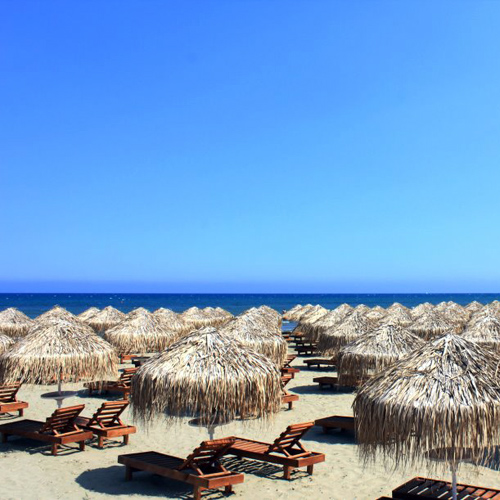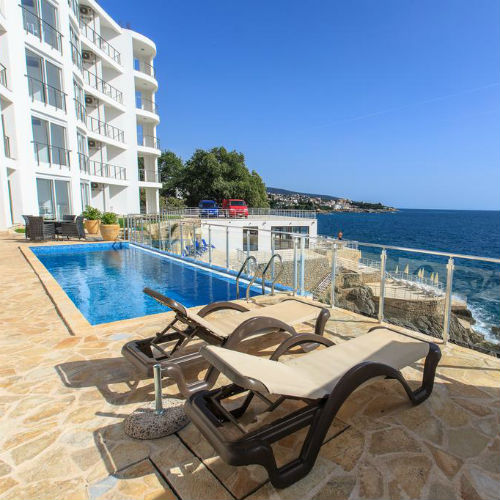Overview
Located in the village of Kiti outside of Larnaca, a visit to the Kition Archeological Site is a visit to one of Cyprus’s ancient kingdoms.
The ruins of the city Kition are considered the first clear evidence of the arrival of the Mycenaean Achaeans in the thirteenth century BCE. The site was later inhabited by the Phoenicians, who built a temple to Astarte, the goddess of fertility, in the ninth century BCE. In 312 BCE, Kition was occupied and then destroyed by the Egyptian pharaoh Ptolemy I Soter. In spite of this, habitation continued into Christian times.
Well known for its strategic harbour, Kition had an exceptional naval base, evidenced by drawings of ships etched into the walls of its ancient port buildings. From Kition, many agricultural products were exported to other nearby eastern Mediterranean ports. The most interesting architectural remains are the Temple of Aphrodite-Astarte, built by the same Phoenician masons who built the Temple of Solomon in Jerusalem, both in the ninth century BCE. Also discovered nearby are Egyptian-style temples from the eighteenth Egyptian dynasty, which are older than their Greek equivalents and served the pre-Hellenic Cypriot population.
After Cyprus’s independence from British rule in the early 1960s, this site was one of the first excavated by the Cyprus Department of Antiquities. This site is linked to the Aphrodite Cultural Route.






